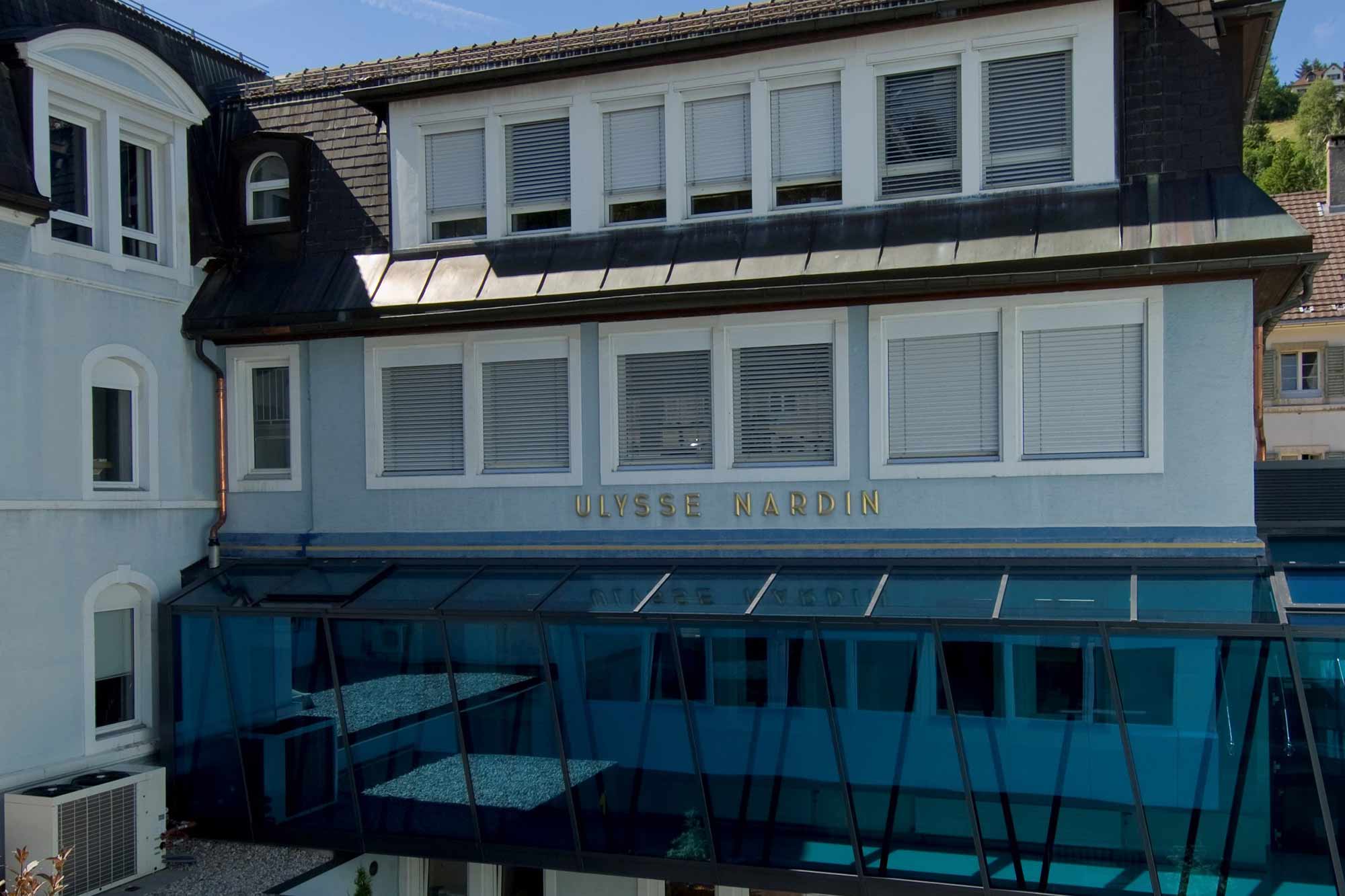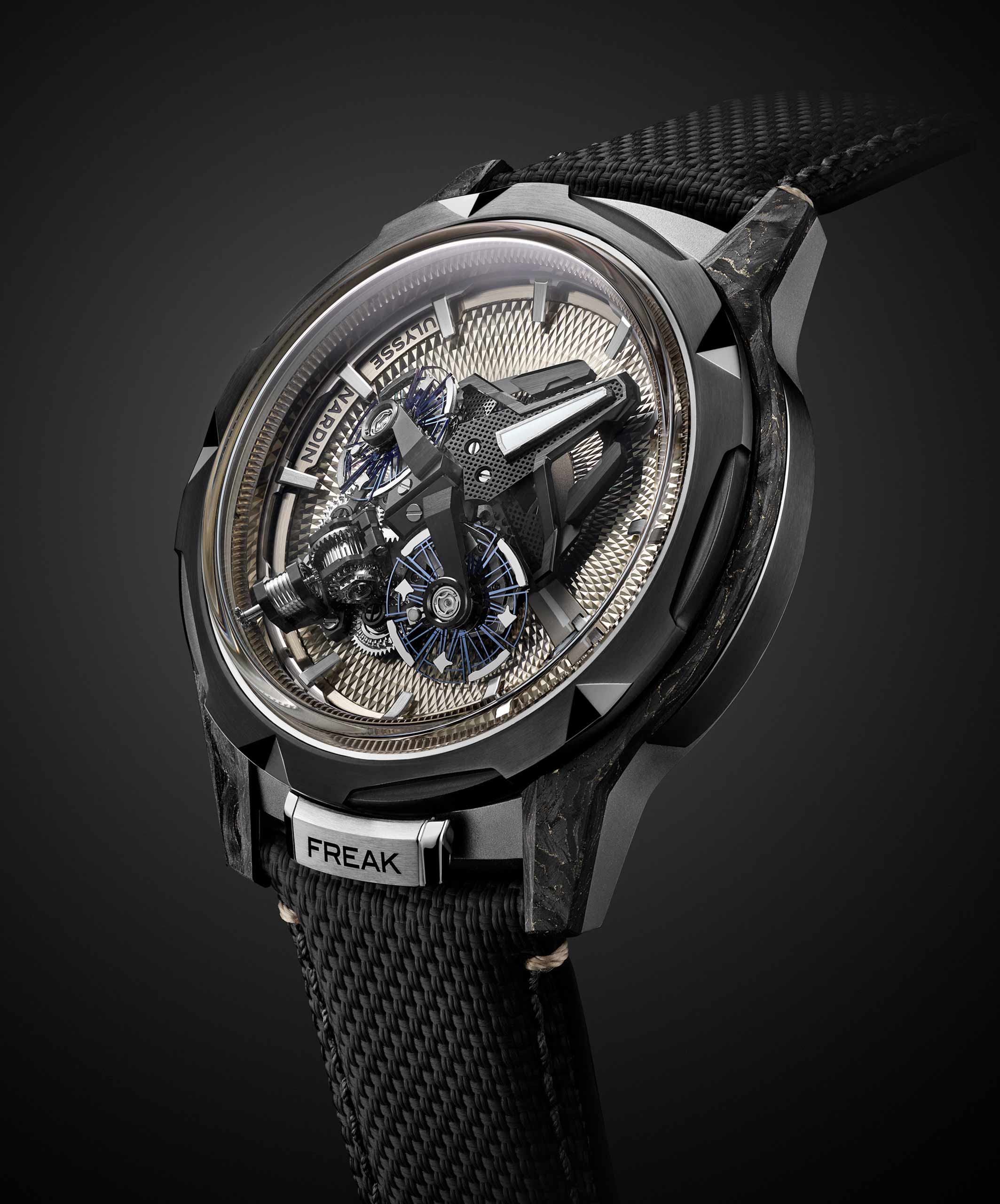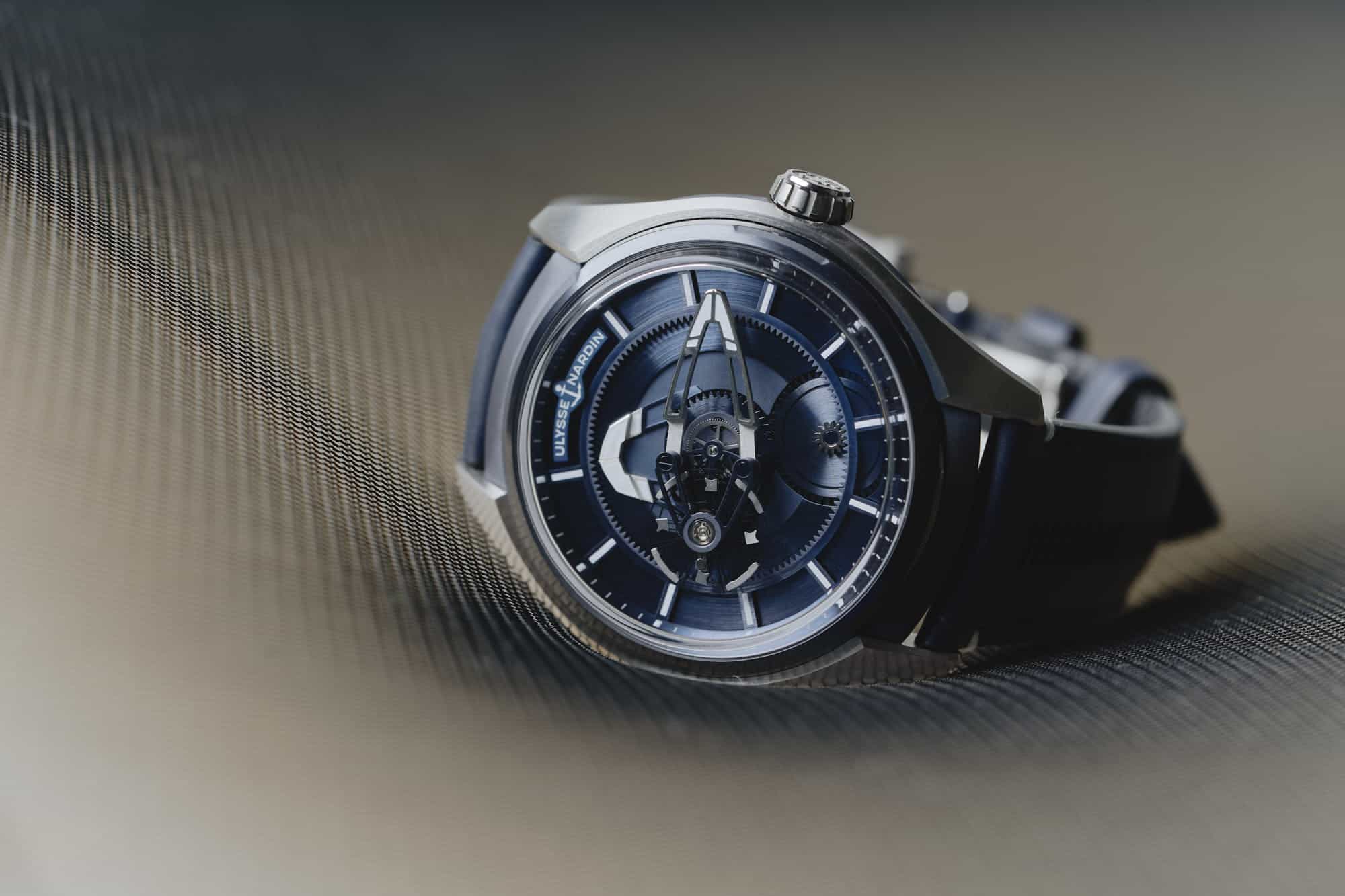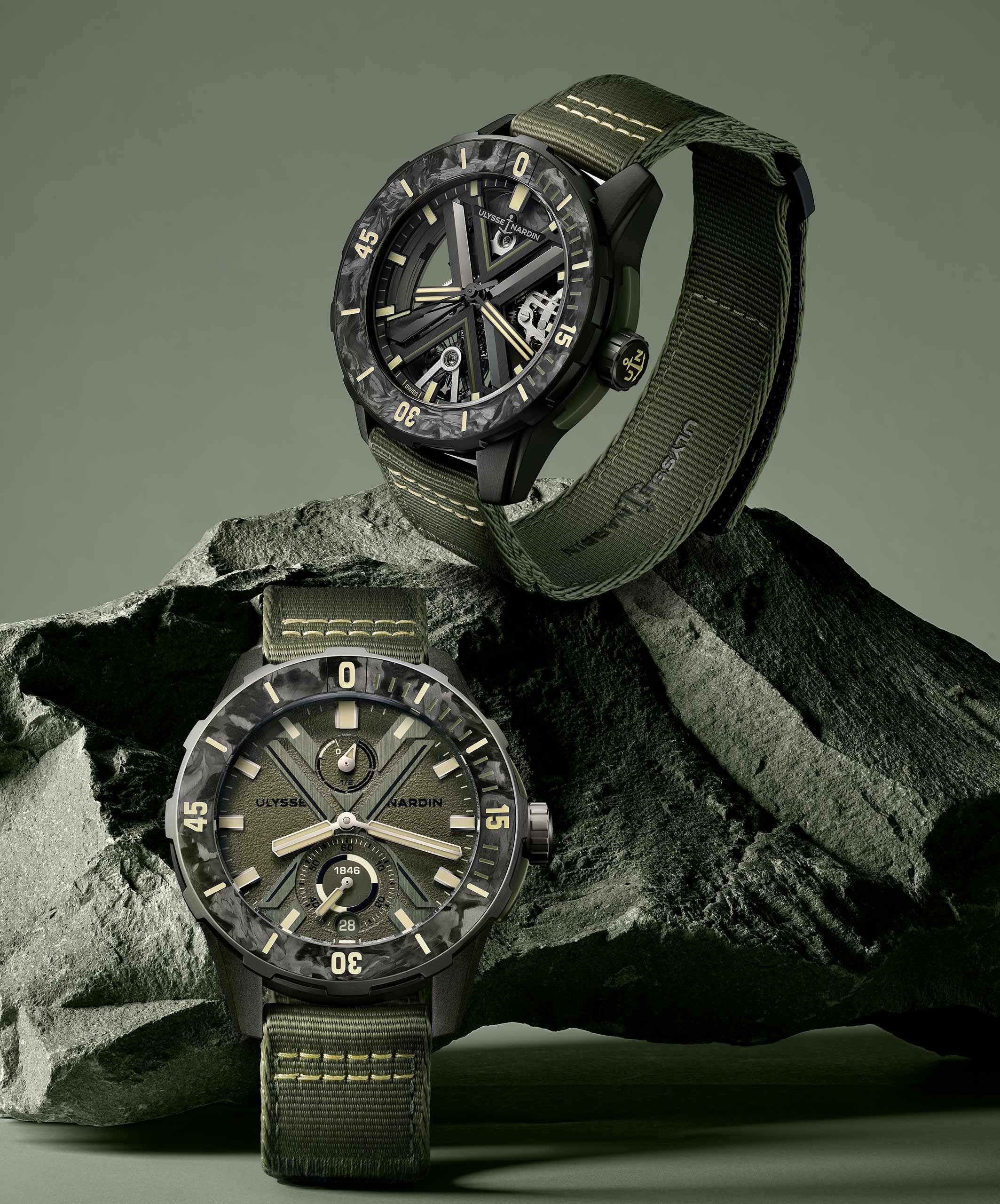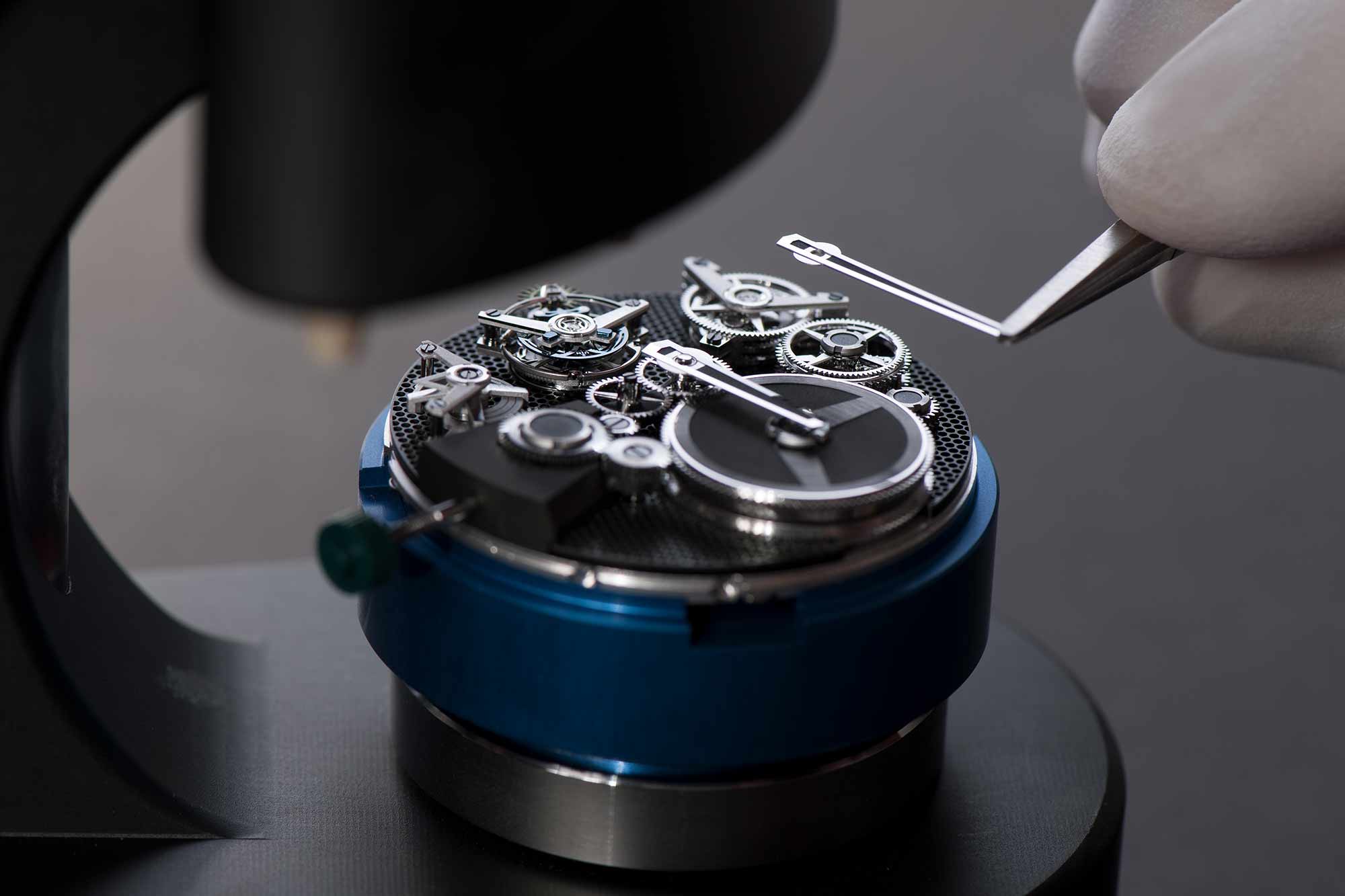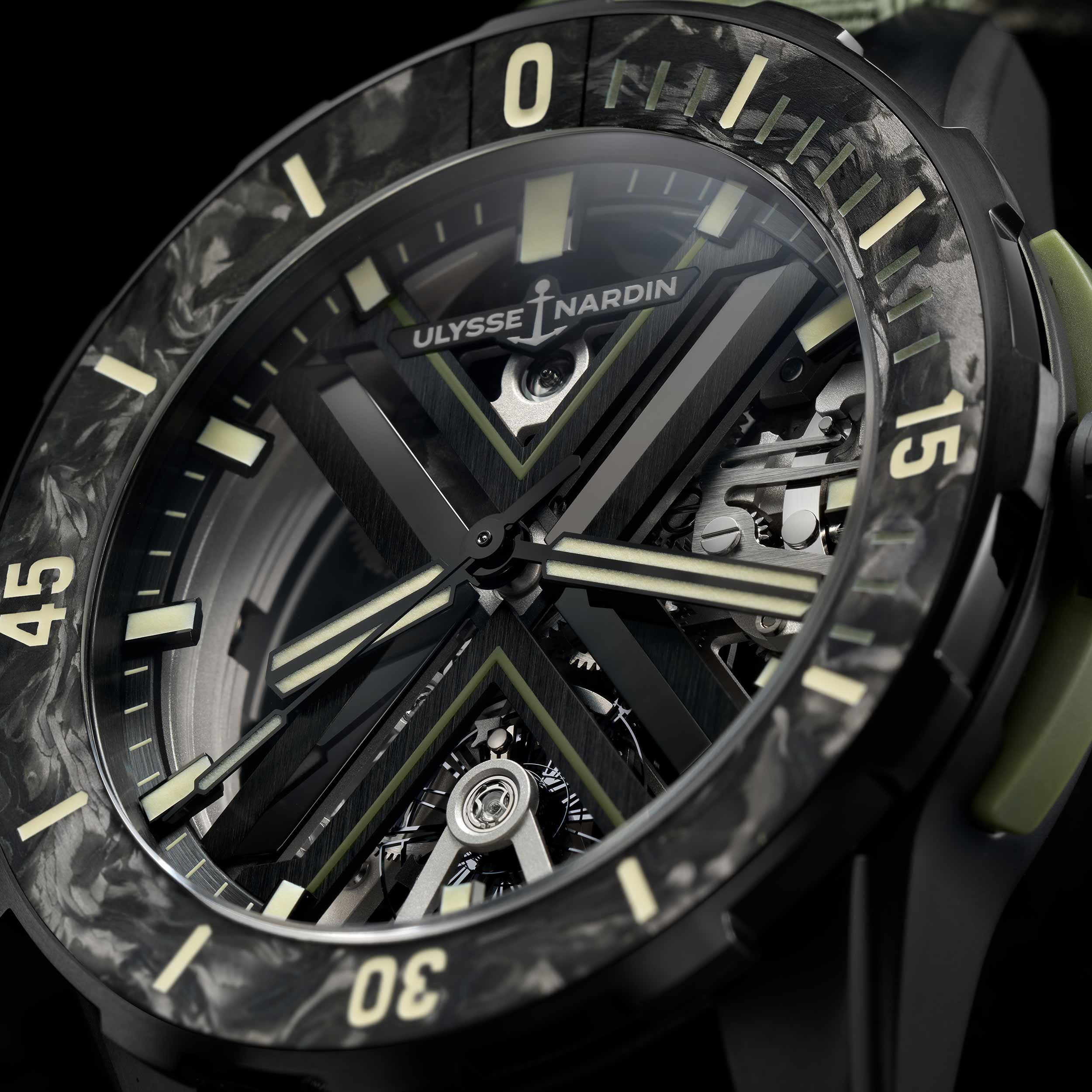One of the core challenges among modern watchmakers is balancing past, present, and future—honoring the traditions of this centuries-old art form, harnessing new technologies, and looking toward the next generation of collectors. When you think of a brand like Ulysse Nardin, you might assume its focus is chiefly on the latter two. It was nearly 25 years ago that the brand paved the way for the use of silicon in watchmaking, a material that has now become vital to countless manufacturers across the industry. Ulysse Nardin debuted its silicon escapement wheel in the Freak, aptly named for its seemingly absurd design featuring no dial, no hands, and no crown—the first of its kind. “The Freak is counterculture in watchmaking,” asserts François-Xavier Hotier, President of Ulysse Nardin Americas. “It breaks all the rules we knew before.”
In order to break the rules, you must know the rules, and Ulysse Nardin’s more than 175-year history is proof the brand knows a thing or two about traditional watchmaking. In the early days, the maison built a reputation for its marine chronometers and complex pocket watches. Even into the 21st Century, Ulysse Nardin has continued to emphasize its commitment to artistic craft, acquiring its own enamel-dial manufacture in 2011, a decade after the introduction of the Freak. Now, the latest incarnation of the Freak fully embodies the brand’s attention to the future, present, and past.
At Watches & Wonders earlier this spring, I had the opportunity to take a deep dive into the newest addition to the Freak lineup and become fully immersed in the brand after touring its manufacturing facilities and heritage department as well as speaking with some key executives to better understand how the brand is balancing tradition with innovation, from collections like the Freak to materials used across the catalog. While I got all my questions answered and walked away with some key insights, the takeaways weren’t quite what I expected. I was surprised to learn that for Ulysse Nardin, its watches are merely vehicles to elicit a feeling.
The Freak, for example, is undoubtedly a canvas for great watchmaking—a display of pioneering design and materials. Imagine it’s 1997. For hundreds of years, watches have largely looked the same, sharing a basic set of core components: a case, a dial, hands, a crown, a crystal. A young movement maker named Carole Forestier-Kasapi just won the Prix de la Fondation Abraham-Louis Breguet for her creation of a revolving movement with a mainspring housed in a donut-like barrel taking up almost the full diameter of the case. The concept watch notably lacked a crown. Instead, winding and setting was accomplished by turning the bezel. Shortly after the win, Forestier-Kasapi joined Ulysse Nardin. The brand was in an era of revival and reinvention following the Quartz Crisis and needed a fresh approach. Then CEO Rolf Schnyder saw the potential in Forestier-Kasapi’s design. However, serially producing the novel concept immediately posed challenges.
Schnyder and Forestier-Kasapi relied on the expertise of the brand’s technical director Ludwig Oechslin to reimagine the concept while retaining its essence. The core issue was creating a more energy efficient design that could sufficiently power the movement. While it may sound simple, it was anything but. Overcoming the problem required installing the mainspring under the movement as well as relocating and reworking the barrel to become an active component of the time display. The result is the unmistakable Freak design we know and love with the going train serving as an oversized minute hand and the barrel cover serving as the hour hand.
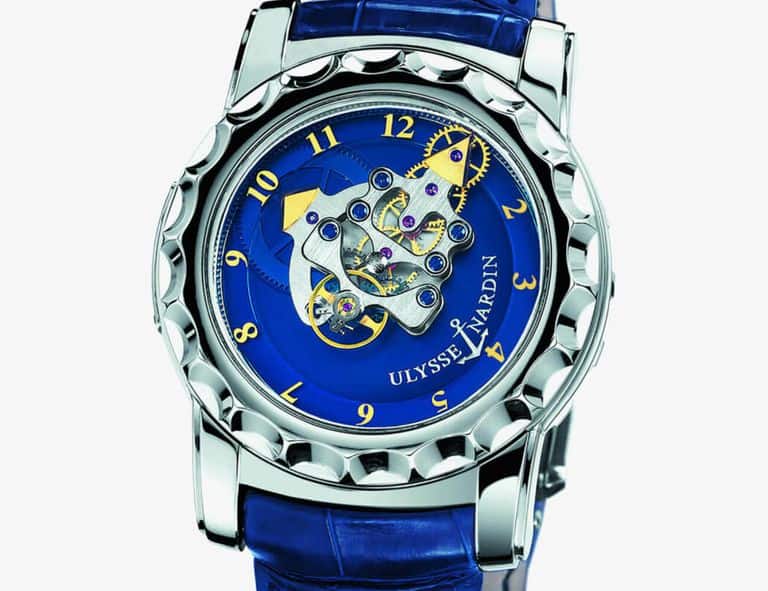






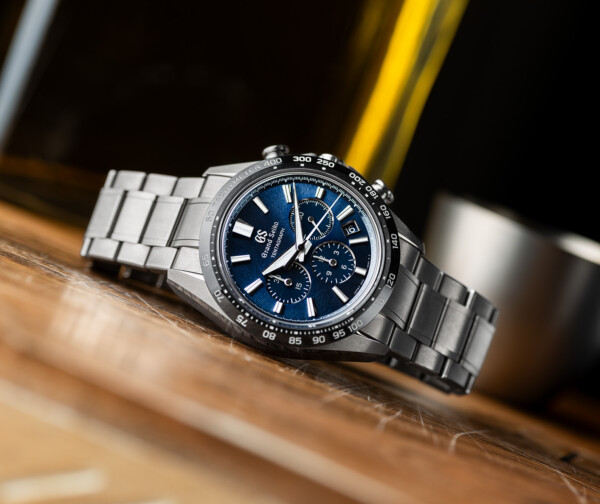


 Featured Videos
Featured Videos





